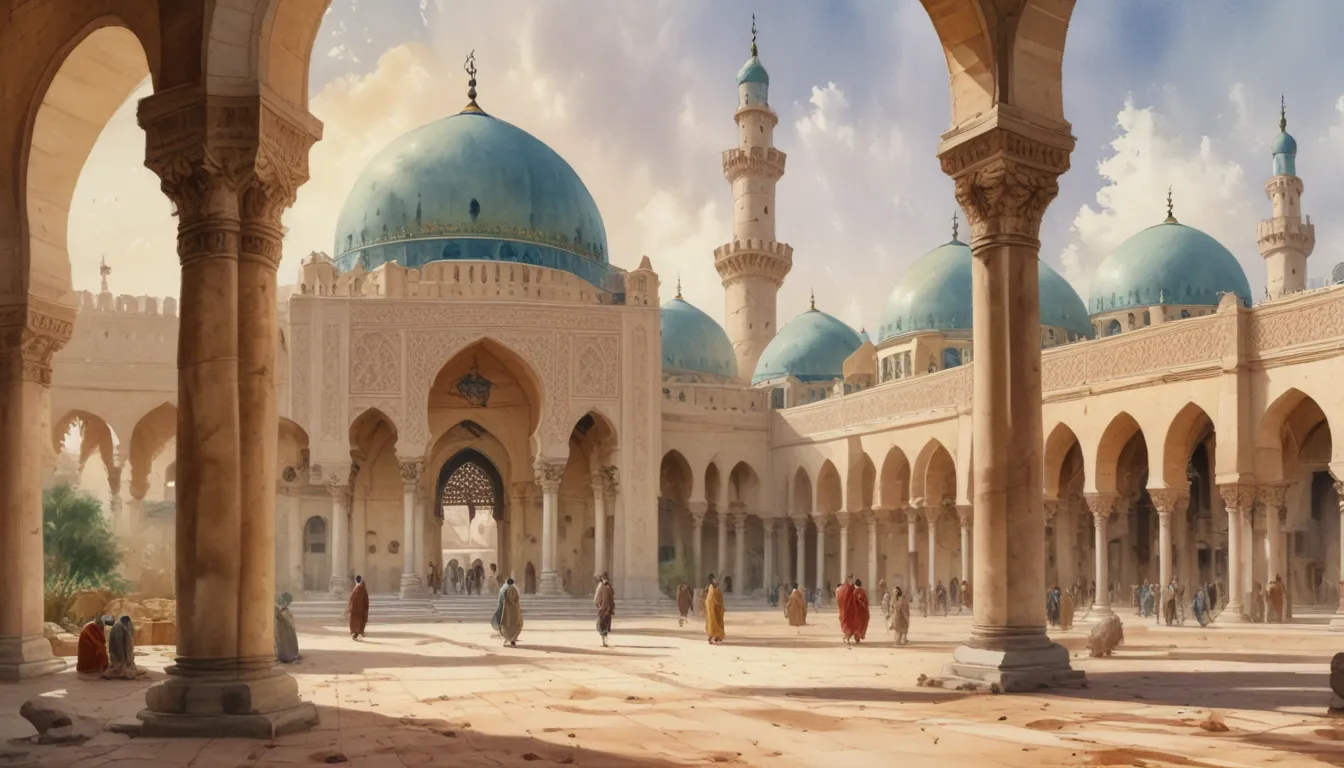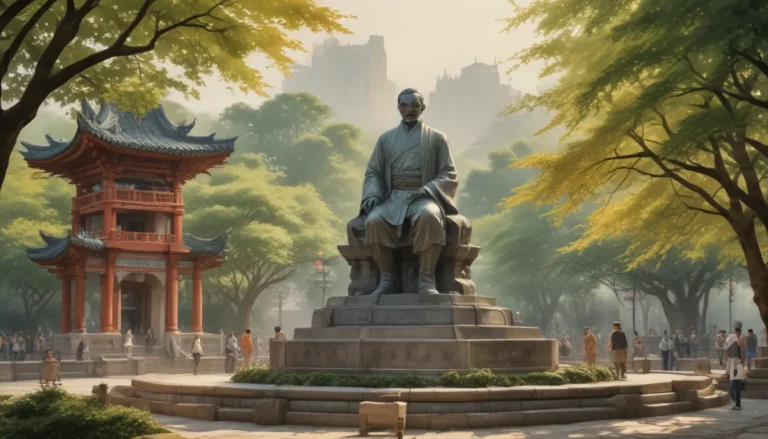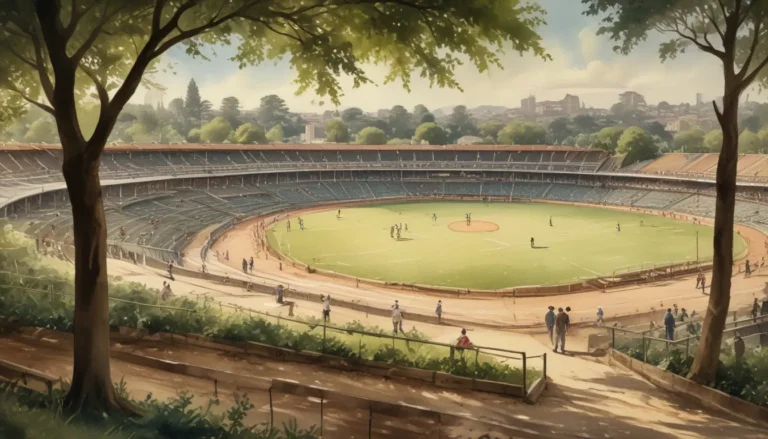The images in our articles are for illustrative purposes only and may not exactly match the content. They are intended to capture your interest and complement the text, not to replace it.
Step into the world of architectural wonder and cultural significance as we explore the Great Mosque of al-Nuri in Mosul, Iraq. This iconic landmark has a rich history dating back centuries, captivating visitors with its breathtaking design and historical importance. Join us on a journey through time as we uncover 16 mind-blowing facts about this remarkable mosque, shedding light on its significance, notable features, and the resilience of its people.
Unveiling the Great Mosque of al-Nuri in Mosul, Iraq
Situated in the city of Mosul, Iraq, the Great Mosque of al-Nuri is an iconic religious site that holds great historical and cultural significance for the region. Constructed in the 12th century, this mosque showcases exquisite architectural craftsmanship from the medieval era, blending elements of Abbasid and Seljuk design. The name “Mosque of the Victorious” reflects its historical association with triumph and victory, symbolizing the resilience of the people of Mosul.
The Iconic Leaning Minaret and Its Demise
One of the most distinctive features of the Great Mosque of al-Nuri was its leaning minaret, affectionately known as the “hunchback.” This iconic structure was a symbol of the mosque and the city itself. However, tragically, the leaning minaret was destroyed during the Mosul conflict in 2017, dealing a devastating blow to the cultural heritage of the region. Despite its loss, efforts are underway to restore the mosque and preserve its historical significance.
Architectural Marvels and Spiritual Ambiance
The Great Mosque of al-Nuri boasts a prayer hall that can accommodate a large number of worshippers, creating a spiritual ambiance during prayer times. The mosque’s courtyard features exquisite floral and geometric designs, showcasing the intricate craftsmanship of its builders. Inside, the walls are adorned with intricate calligraphy, displaying verses from the Quran and other sacred texts. These architectural details reflect a blend of various influences and highlight the historical cultural exchange that existed during its construction.
Symbol of Resilience and Reconstruction Efforts
Throughout history, the Great Mosque of al-Nuri has stood as a symbol of resilience and endurance for the people of Mosul, even in times of adversity. Despite being destroyed by ISIS militants in 2017, reconstruction efforts are underway to restore the mosque and its former glory. These efforts represent hopes for the revival of the city and its cultural heritage, attracting visitors from around the world to witness its historical significance.
Embracing Cultural Identity and Unity
The Great Mosque of al-Nuri holds a special place in the hearts of the people of Mosul, representing their cultural identity, faith, and a symbol of unity within the community. As visitors from various parts of the world continue to flock to this iconic landmark, they come to appreciate its historical significance and pay their respects to the resilience of its people.
Conclusion: Celebrating the Legacy of the Great Mosque of al-Nuri
The Great Mosque of al-Nuri in Mosul stands as a testament to the resilience and determination of humankind, showcasing the importance of preserving our historical landmarks. While its destruction in 2017 was a devastating loss, efforts to rebuild and restore this architectural gem highlight the enduring legacy of this magnificent structure. By learning about and celebrating the fascinating facts surrounding the Great Mosque of al-Nuri, we honor its legacy and appreciate its cultural significance.
FAQs: Explore More About the Great Mosque of al-Nuri
-
What is the history of the Great Mosque of al-Nuri?
Constructed in the 12th century by the Seljuk ruler Nur al-Din, it served as a prominent place of worship and symbol of Islamic architecture and culture. -
Why is the mosque called the “Great Mosque of al-Nuri”?
Named after its founder, Nur al-Din, the term “al-Nuri” translates to “the light,” symbolizing the spiritual illumination the mosque brings to its followers. -
What was the significance of the leaning minaret?
The leaning minaret, known as the “The Hunchback,” was a well-known architectural feature of the mosque, symbolizing the city of Mosul. -
When was the mosque destroyed and why?
In 2017, during the battle for Mosul, ISIS militants deliberately destroyed the Great Mosque of al-Nuri, resulting in a tragic loss for cultural heritage. -
Are there plans to rebuild the Great Mosque of al-Nuri?
Efforts are underway to rebuild and restore the Great Mosque of al-Nuri, serving as a testament to the resilience and determination of the Iraqi people.
Join us on a journey of exploration as we uncover the hidden gems and mind-blowing facts that make the Great Mosque of al-Nuri a truly special landmark. Immerse yourself in the stories behind this architectural marvel, and let its history and cultural significance inspire you. As we celebrate the resilience and unity embodied in this iconic landmark, we honor its legacy and the enduring spirit of its people.






